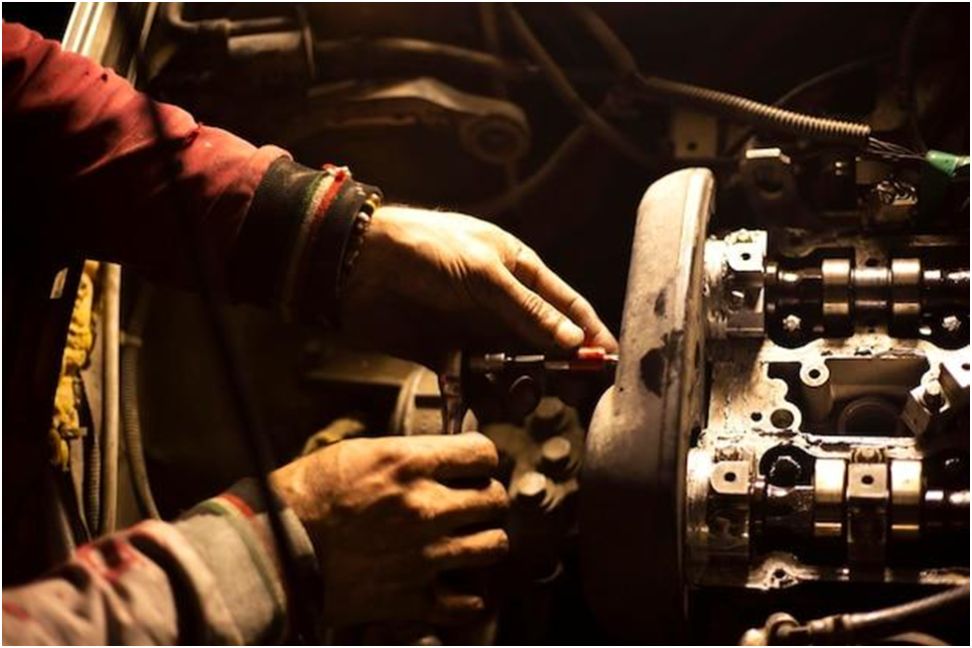Automatic transmissions have become the norm in modern vehicles, providing drivers with effortless gear changes without the need for a manual clutch. However, like any other complex mechanical system, automatic transmissions are also prone to developing problems over time. Here are 4 of the most common automatic transmission issues owners may encounter and their likely causes.
Slipping Transmission
One sign that an automatic transmission may be slipping is when the engine RPM increases but the vehicle does not accelerate or loses speed when going up an incline. A slipping transmission occurs when the friction bands or clutches inside fail to fully engage the gears, resulting in a loss of power transfer from the engine. Over time, the clutch packs that control gear changes inside an automatic transmission can wear down from regular use. Contaminants like engine fluid leaks or dirty transmission fluid that was not changed on schedule can also reduce friction and cause slipping. Severe slipping is usually a sign that the transmission needs to be rebuilt or replaced.
Hesitation between Gears
If the vehicle feels sluggish or lurches when changing gears, there may be an internal valve body or solenoid problem. The valve body contains channels and ports that direct hydraulic pressure to engage the right clutch for smooth gear changes. Worn or faulty solenoids can cause hesitant or inconsistent shifts. Bacteria, sludge, or contamination inside the transmission fluid is one common issue that leads to stuck solenoids or damaged valve bodies. Using the wrong type of automatic transmission fluid when topping off levels during fluid changes or services can also cause problems over time.
Delayed Downshifts
A delayed downshift occurs when the transmission is slow to downshift gears, such as when slowing down for a stop. This is usually caused by worn torque converter clutches that couple the engine’s rotations to the transmission. The torque converter is a hydraulic component inside the transmission that multiplies engine torque for takeoff acceleration. Over years of use, the friction material on the torque converter clutch plates wears away, diminishing their ability to lock up and downshift quickly. Driving styles like frequent abrupt stops can accelerate wear. Transmission fluid changes are important to flush out metal particles from worn components.
Harsh Shifts
Inconsistent, jerky gear changes feel unpleasant for drivers and passengers. Faulty solenoids, worn clutches, or low transmission fluid levels are typical causes of harsh shifting in automatic vehicles. Problems like damaged bands or warped clutch plates inside can also produce a rough ride. Contamination from leaks, lack of maintenance services to check for debris buildup, or improper fluid fills are common culprits that degrade transmission performance over the long run. Repair involves inspection and replacement of worn components.
Conclusion
In conclusion, keeping on top of automatic transmission maintenance is key to preventing costly repairs down the road. You can request your valet services to park your car in a safe spot and perform regular fluid changes, filter changes. It can help your vehicle’s transmission last well over 150,000 miles with smooth, reliable operation. Neglecting maintenance is a primary cause of premature transmission failures.
Read more:





